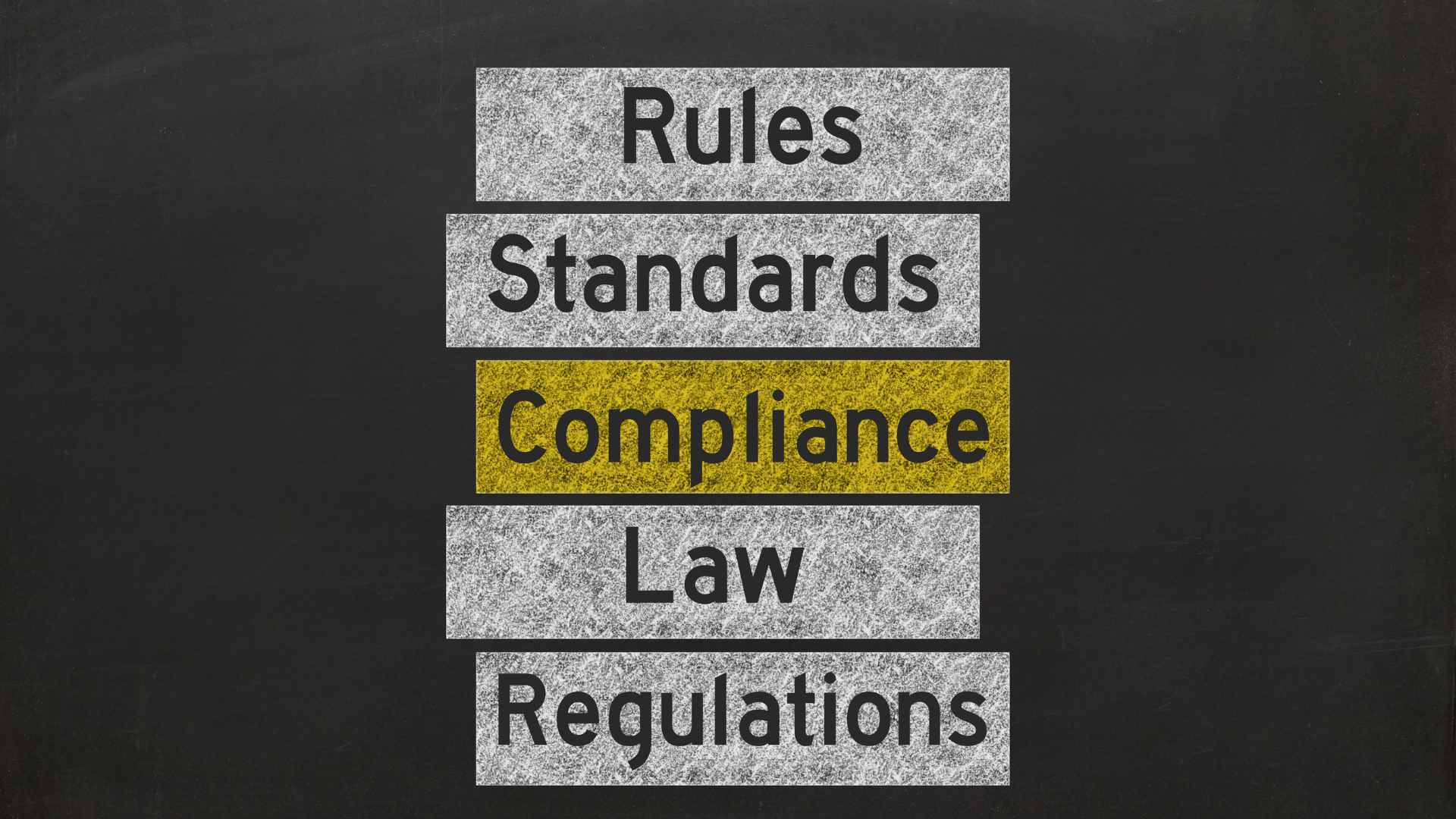VIEW BY TOPIC
- Finding Customers
- Business Systems
- Managing Employees
- Leadership
- Managing Money
Related Posts

Ready to Grow Your Business Fast?
Here’s How I Grew Five Businesses, and Eventually Sold One to a Fortune 500 Company.

Your company’s ability to attract and retain top talent rests on your employees’ and the job-seeking public’s perception of it. If it has too bad a reputation, you can expect applicants to stay away. Conversely, companies with a good reputation are likely to have a bigger pool of great talent to draw from when filling positions. That said, this article reveals how you can strengthen your employer branding through the use of new technologies like social media, public relations and other strategies.
Let’s get started.
What is employer branding?
Employer branding is how an employer positions itself in the minds of its existing and potential employees. It encompasses the strategies the employer uses to shape perceptions about what it stands for. Think reputation management, but for employers.
Simply put, your employer brand is your reputation as an employer. In other words, it’s how, for good or bad, your workforce, and the people considering joining it, view your organization.
Importance of strong employer branding

If you want to retain and attract superior talent, it’s essential you take employer branding seriously. Strong employer branding is crucial for the following reasons:
- It helps retain employees: A strong employer branding can ensure employee retention. Employees are more likely to stay with an employer others perceive as a good employer. Who wants to let go of those bragging rights anyway?
Besides, a company with a strong employer brand is more likely to really treat its employees well. So, these are the companies that offer employee perks. They’re perks employees aren’t willing to give up, so they stay with the company.
According to research, career advancement opportunities are excellent perks for employees and are, therefore, great for retaining employees. So, as part of its employer branding, McKinsey and Company highlights the opportunities it provides for career development on its careers page.
- It helps to weed out unqualified candidates: Effective employer branding involves sharing your company’s values, mission, and vision. Doing so gives prospective applicants the opportunity to examine whether an employer’s values align with theirs.
Footwear giant Nike clearly announces its mission to “bring inspiration and innovation to every athlete in the world” on its website. They also believe in diversity and protecting the planet. This lets job seekers who don’t believe in the mission and values exclude themselves from the application process.
- It helps you attract quality talent: Highlighting the good things you do, like the measures you’ve taken to rally behind a good cause, can improve perceptions of your employer brand. As a result, you’ll attract quality job applicants who share the same sentiments.
Ride-hailing company Uber strengthens its employer brand in this way pretty well. The brand’s post highlights the measures it takes to fight climate change.
The right employer branding is, ultimately, key to ensuring a company’s success. If you attract the right talent, after all, you can increase productivity and achieve business goals faster.
Tips to strengthen your employer brand
Attracting and retaining top talent requires a sound strategy and a strong employer brand. Here are tips to get it done:
1. Define your employer branding
The first step to strengthening your employer brand is defining it.
If you recall, employer branding involves shaping perceptions. Therefore, defining your employer brand entails deciding the kind of reputation you want to cultivate.
You can start by answering the following question about the type of candidate you’re trying to attract:
What does my ideal employee value?
Not all job seekers are motivated by money, meaning you’ll need to address the intangible benefits your target employees will derive from working with you. You can do that by identifying and developing your employee value proposition (EVP).
If we liken employee branding to fishing, your EVP is the lure that brings in quality job applicants. It communicates your values, references your mission and vision statement, and reveals your company culture. In addition, it tells job searchers what makes you stand out from your competitors.
An effective EVP highlights the benefits employees will reap in exchange for providing their skills and expertise to your organization. As the above image shows, it should communicate (at the least):
- Work-related benefits and perks
- Opportunities for career advancement and continuous development
- Company culture (e.g., work-life balance and hiring diversity efforts)
When you can readily identify what makes you appealing as an employer, it’ll be easier to craft strategies to attract the right prospects. Your EVP will act as your guide to recruitment marketing.
2. Enhance your company’s online presence

Employer branding won’t do you any good if no one knows you exist. Hence, another strategy to strengthen your employer brand is to enhance your company’s online presence.
Internet marketing has evolved to the point where getting attention requires an omnichannel marketing approach. Therefore, you’ll need to identify and enhance the multiple touchpoints where job seekers can become exposed to your brand.
The first place to start is your owned touchpoint, i.e., your website. If you run a blog, getting your publications found online will require that you use SEO techniques to optimize content for search engines. That involves performing keyword research and creating content that gives job applicants value. The more optimized and valuable content you can offer to applicants, the better for your online presence. You can use enterprise generative AI to scale content creation. These tools are so great they can even ensure all your content is on-brand.
In addition, it’s worth examining your site’s presentation for enhancement opportunities. Curious applicants are likely to leave if your site isn’t navigable. Make sure your site’s layout provides a pleasant browsing experience. After all, you want them to visit your careers page and read your EVP as quickly as possible.
Chevron’s site (below) is a fantastic example of presentation done right. It’s easy to navigate, plus it provides a search bar at the top that applicants can use to find available roles:
Also, mobile-friendliness is key. Glassdoor researched mobile devices’ role in job searches. The company found that:
- 58% of its users look for jobs using their mobile phones
- On average, job seekers who apply for jobs on mobile phones take 80% longer to complete them
- When job applications take too long to complete, the applicant pool shrinks
- When companies promote their job openings as being mobile-friendly, they experience an 11.6% increase in job applicants
Finally, we can’t talk about enhancing your online presence without mentioning social media. Platforms like LinkedIn, Facebook, and Twitter are excellent online gathering places where your employer brand can shine.
Each of the social media platforms call for different approaches and content types. For example, while LinkedIn is better suited for long-form posts, a platform like Twitter would work best for quick updates on your company’s philanthropic efforts, informal job opening announcements, and so on.
3. Develop employee advocacy programs
Pretend for a second that you’re considering applying for a job in your company. Who do you think would be the most reliable source on what it’s like to work there?
Your company’s leadership who makes decisions? Or its employees who do the work?
If you answered “employees”, you’re right. Any good guide to recruitment marketing will tell you that your existing employees can make or break your efforts to get the best talent.
Happy employees tend to create the impression that your employees’ well-being ranks high among your core employer values. The opposite is true for unhappy employees.

Assuming your company is an excellent place to work, you can leverage your satisfied employees to strengthen your employer brand. The best way to do that is by developing employee advocacy programs.
Employee advocacy programs incentivize your employees to promote your company. You can offer rewards like bonuses, gift cards, free meals, etc., in exchange for the promotion. Xoxoday can help you automate your rewards, incentives, and payouts programs through Plum.
But how can your employees promote your brand?
They can:
- Participate in video testimonials for your marketing platforms (I will talk more about this later)
- Post regularly on social media sites like LinkedIn about life at your company
- Write reviews about your company on sites like Glassdoor
When your employees advocate on your behalf, they can easily convince prospective employees you’re a good employer. This will have a positive impact on your employer brand.
4. Offer competitive compensation and benefits and promote them
Offering competitive compensation and benefits is among the most straightforward talent attraction strategies you can use. You also strengthen your employer brand with them. Just highlight them in your job descriptions, career page, among others.
When potential applicants see the competitive compensation and benefits you’re offering, they can conclude three things:
- you value the skills they can bring to the table;
- you’re willing to compensate them fairly if they use their skills to your company’s benefit; and
- you take care of your employees.
When combined, the three can be a motivating factor for prospective talent to seek out your company.
To ensure the compensation you’re offering is competitive, research the going rate for the role you want to fill. You can check a job board like Indeed to see whether your proposed compensation matches or surpasses what’s being offered in the job market.
As for your benefits, standard perks you can offer include healthcare plans, paid time off, allowances for travel expenses and wardrobes, and so on.
5. Market opportunities for career development
Here’s another employer brand strategy you can implement: market the growth opportunities that are available in your company.
Regardless of their ambition level, no job seeker wants to be stuck in an entry-level position throughout their career. Your future employees would like to acquire skills, earn promotions to higher-paying roles, and experience the satisfaction derivable from an advancing career.
That’s where you come in. Position your company as the preferred employer of choice by demonstrating its commitment to employee career development.

If you’ve established a company culture that fosters learning through employee training programs, open-door policies, and idea-sharing, you’re halfway there. You just need to highlight these positive aspects of your company’s culture in your external communications.
Employee testimonials can be effective in that regard.
When your current employees share their career progression experiences, they can help bolster your employer brand by humanizing your company. Vertex Pharmaceuticals runs with this idea, posting its employee’s career development testimonials to its YouTube page:
Hearing employee stories straight from the horse’s mouth can be helpful for earning job seekers’ trust, making it an indispensable employer branding strategy.
6. Utilize PR
Finally, you can strengthen your employer brand through creative reputation management and public relations.
Taking a leaf out of the consumer PR agency playbook, you need to adopt a storytelling approach to recruitment marketing if you want results. So, your content marketing strategy should involve highlighting your EVP through stories that resonate with high-quality employees. In today’s business world reputation is everything – if you have a solid reputation people will come to you like a magnet.
You might come up with story angles like:
- Your company’s charity work and donations to different causes
- How your company promotes inclusion and diversity in the workplace
Stories like the above tend to stand out from content that doesn’t have a narrative thrust. In addition, they’re an excellent way to do PR even if you don’t have a substantial PR budget.
You can write a press release to highlight these stories and send it to your media contacts. If you don’t have the contact details of a publication in your niche, you can use software to find emails.
Another option is to organize an event that highlights your story angle. So, if you want to highlight your charity work, you can organize an event to thank your employee-volunteers, for instance. Then invite the media to cover it.
In closing
Strengthening your employer brand isn’t as hard as it sounds.
You can do it by defining your brand and enhancing your online presence. It also helps to develop employee advocacy programs. You want your existing employees to spread the good word about your company.
Also, highlight your competitive compensation and benefits on your recruitment marketing channels. Provide and promote opportunities for career development as well. Finally, leverage PR.
When you follow the tips outlined in the article, you can strengthen your employer brand and attract and retain the brightest and best minds.















